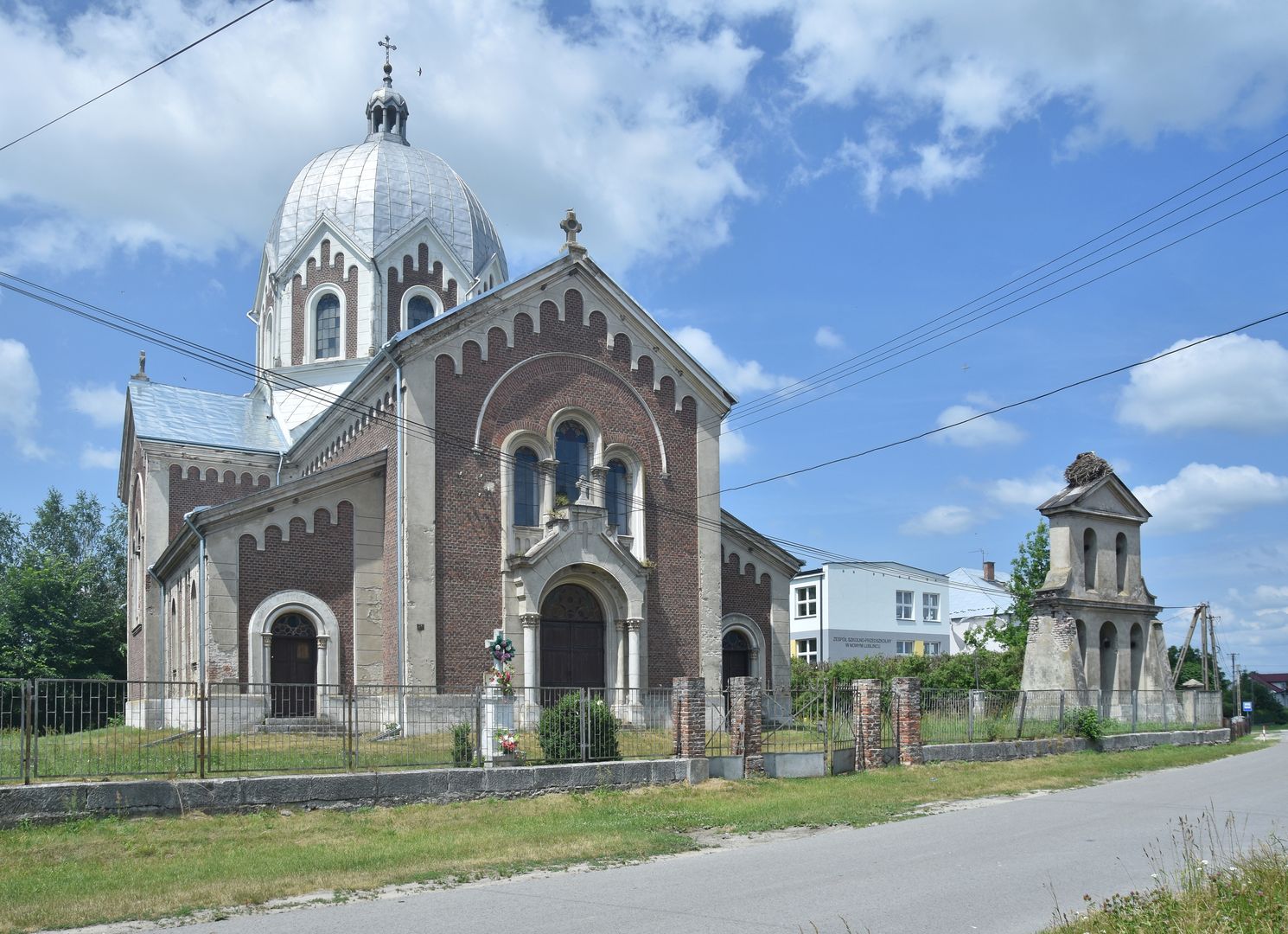Nowy Lubliniec
6.09

Overview
Nowy Lubliniec is a village located in the Podkarpackie Voivodeship, within the Lubaczów County, with a history dating back to 1569 when it was founded by Jerzy Jazłowiecki. The village was a royal property administered by starosts, and in the 16th and 17th centuries, it was managed by leaseholders. In 1571, a wooden church dedicated to the Transfiguration of the Lord was built, and the village was enriched with new structures by the 18th century, including another church, which was destroyed by the Tatars in 1672. In 1908, a brick church designed by Wasyl Nahirny was constructed, which now serves as a filial church of the parish in Stary Lubliniec. The history of Nowy Lubliniec is rich and complex, encompassing times of invasions, affiliations with various administrative divisions, and wartime events. In the 19th century, the village was part of the Lubaczów County in the region of Galicia. After World War II, significant demographic changes occurred; in 1947, Ukrainians were displaced during Operation "Vistula," and Poles were settled in their place. Nowy Lubliniec is also notable for its educational activities – the first schools operated as early as the 18th century and underwent various reforms up to modern times, leading to the establishment of the Public School Complex. Interestingly, the village cemetery is the resting place of Fr. Dr. Józef Komarnicki, rector of the University of Lviv. The historic church and other elements of history attest to the rich cultural heritage of this locality.
Location
City
Józefów Deanery
Tertiary Administrative Division
Cieszanów
County
Zamość County
State
Lublin Voivodeship
Country
2025 Wizytor | All Rights Reserved